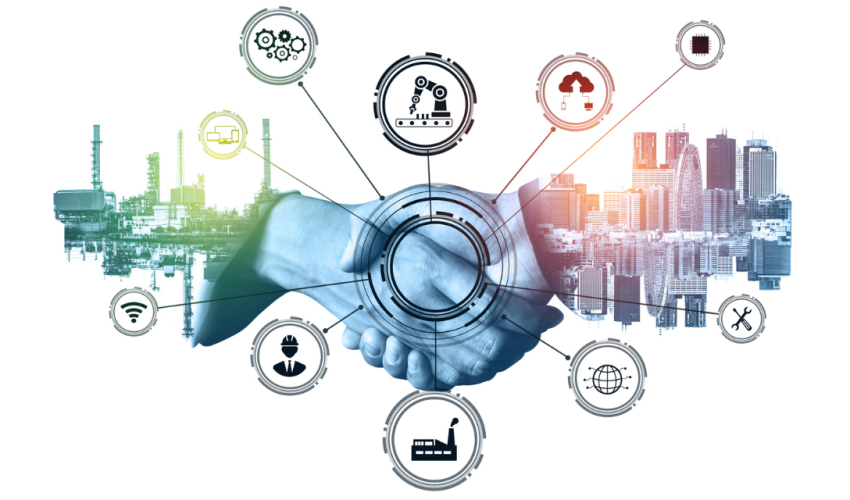Throughout history, industrial revolutions have transformed societies, driven by groundbreaking inventions and their impact on the way we work, live, and interact. Let’s delve into the three major industrial revolutions and the significant changes they brought:
1. The First Industrial Revolution (1760s – 1840s): This era, lasting roughly 80 years, saw the mechanization of industries with inventions like the steam engine and power loom. While job displacement occurred for artisans and laborers, new factory jobs emerged requiring different skills to operate and maintain machinery. Retraining wasn’t as prevalent, but the lack of widespread education systems limited its feasibility.
2. The Second Industrial Revolution (1870s – 1914): Spanning approximately 40 years, this revolution witnessed innovations like assembly lines, electricity, and internal combustion engines. It increased the demand for skilled labor to operate complex machinery and manage assembly lines. On-the-job training became more crucial, but formal education systems still weren’t widespread, limiting broader retraining opportunities.
3. The Third Industrial Revolution (1960s – Present): This ongoing revolution is characterized by information technology and automation. Computers, robotics, and automation have significantly impacted various industries, creating job displacement and transformation. The rise of the “knowledge economy” requires higher levels of education and technical skills in fields like data analysis, software development, and artificial intelligence. Continuous learning and upskilling are now crucial for adapting to the rapidly changing job landscape.
The Fourth Industrial Revolution: AI and the Future
Now, we stand at the cusp of the Fourth Industrial Revolution, driven by Artificial Intelligence (AI). While the previous revolutions had clear end points, the AI revolution is actively unfolding, and its potential impact is vast and multifaceted.
1. Job Displacement and Industry Transformation: AI is expected to automate many existing jobs, particularly those involving repetitive tasks, data analysis, and decision-making. This could lead to significant job displacement across various industries, impacting sectors like manufacturing, transportation, and customer service. However, it’s important to remember that AI is also likely to create new job opportunities in areas like:
- Design, development, and maintenance of AI systems
- Human-computer interaction and user experience design
- Data analysis and interpretation
- Ethical considerations and regulation of AI
2. Potential Retraining and Upskilling: To thrive in this new landscape, continuous learning and upskilling will be paramount. Potential strategies include:
- Emphasizing uniquely human skills like creativity, critical thinking, and emotional intelligence
- Adapting education systems to integrate AI-powered learning tools and focus on lifelong learning
- Offering micro-credentials and specialized training programs to bridge the skill gap
The Last Industrial Revolution?
Whether AI will truly be the last industrial revolution is a complex question. It’s possible that future advancements might blur the lines between human and machine capabilities, leading to a more integrated future of work. This future could involve:
- Human-AI collaboration: Humans and AI working together, leveraging their respective strengths.
- Universal Basic Income (UBI): Providing all citizens with a basic income irrespective of employment status, potentially mitigating the economic impact of job displacement.
However, the future remains uncertain. The impact of AI depends on various factors like the pace of technological advancements, ethical considerations, and societal choices regarding education, training, and social safety nets. Therefore, it’s crucial to engage in open dialogue, collaboration, and responsible development of AI to ensure it benefits all of humanity.
This future necessitates proactive measures to prepare our workforce and equip them with the necessary skills to navigate the changing landscape. By focusing on uniquely human strengths, embracing lifelong learning, and fostering responsible AI development, we can shape a future where AI serves to augment and elevate humanity’s potential.
The AI Revolution, while daunting, is a call to action. It urges us to prepare, adapt, and envision a future where technology amplifies our human potential, ensuring that as we advance, we do so together, forging a path that honors our shared humanity and the planet we call home.
